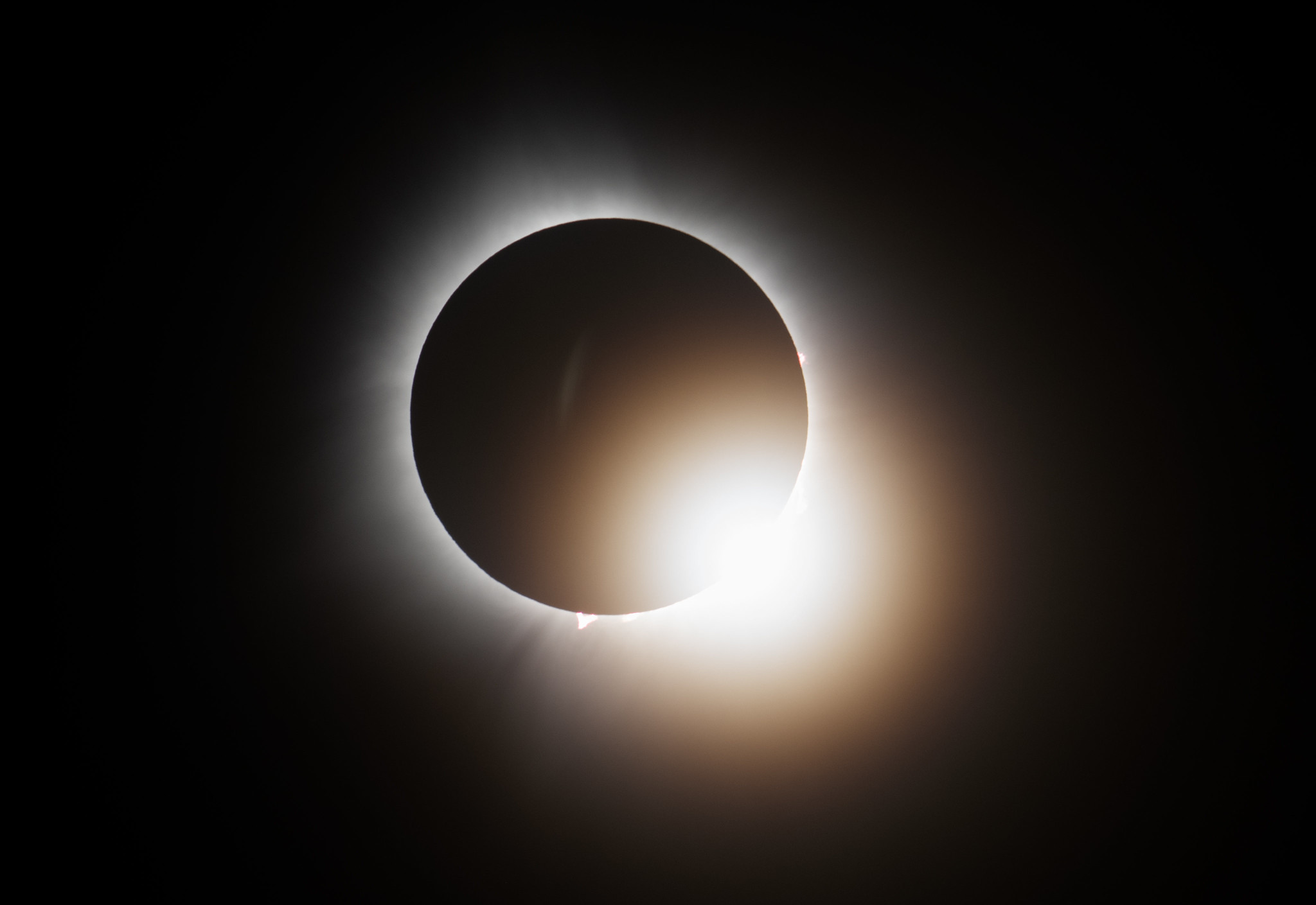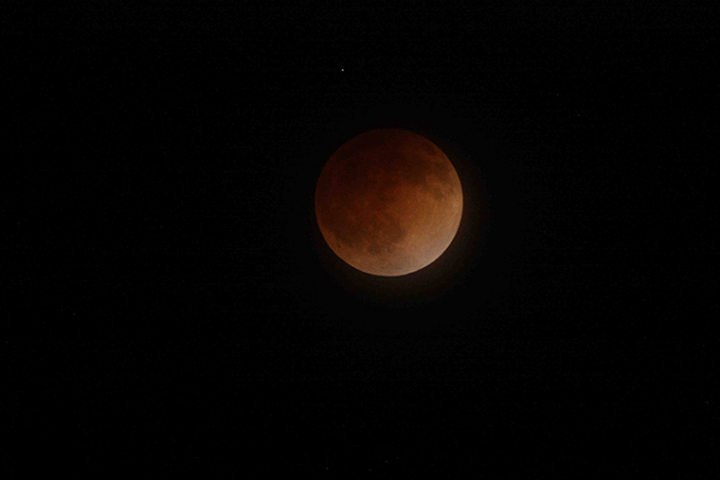The total solar eclipse that traversed North America on April 8, 2024, from Mexico’s Pacific coast to Newfoundland’s Atlantic shores, has produced initial scientific results. Scientists presented early results from a few of these eclipse experiments at the American Geophysical Union’s annual meeting in Washington, D.C., on Tuesday, Dec. 10.
“Scientists and tens of thousands of volunteer observers were stationed throughout the Moon’s shadow,” said Kelly Korreck, eclipse program manager at NASA Headquarters in Washington. “Their efforts were a crucial part of the Heliophysics Big Year – helping us to learn more about the Sun and how it affects Earth’s atmosphere when our star’s light temporarily disappears from view.”
Citizen Scientists Document Corona Evolution
The Citizen CATE (Continental-America Telescopic Eclipse) 2024 project positioned 35 observation teams across the path of totality, stretching from Texas to Maine. Despite cloud cover affecting some locations, the teams successfully captured over 47,000 polarized images of the Sun’s corona.
“The beauty of CATE 2024 is that we blend cutting-edge professional science with community participants from all walks of life,” said Sarah Kovac, CATE project manager at the Southwest Research Institute in Boulder, Colorado. “The dedication of every participant made this project possible.”
High-Altitude Observations Face Technical Challenges
Two NASA WB-57 aircraft, operating at 50,000 feet altitude, extended the observation period to approximately 6 minutes and 20 seconds. However, the mission encountered unexpected difficulties. “The WB-57 is a remarkable platform for eclipse observations that we will try to capitalize on for future eclipses,” reported Shadia Habbal from the University of Hawaii, noting that wing-mounted cameras experienced vibrations that caused slight image blurring. Despite this setback, the nose-mounted spectrometers performed as intended, collecting valuable data about the corona’s composition.
More Stories
Amateur Radio Operators Track Ionospheric Changes
The Ham Radio Science Citizen Investigation (HamSCI) Festivals of Eclipse Ionospheric Science involved 6,350 amateur radio operators who generated 52 million data points. Their observations revealed:
- Improved communications at 1-7 MHz frequencies
- Decreased signal strength at frequencies above 10 MHz
- Vertical movement of the ionosphere during totality
“The project brings ham radio operators into the science community,” explained Nathaniel Frissell, professor at the University of Scranton and HamSCI lead. “Their dedication to their craft made this research possible.”
Student Balloon Project Confirms Atmospheric Waves
The Nationwide Eclipse Ballooning Project, involving over 800 students, launched weather balloons during both the April 2024 total eclipse and October 2023 partial eclipse. The project verified the presence of atmospheric gravity waves, similar to ripples in water, triggered by the Moon’s shadow.
“Half of the teams had little to no experience ballooning before the project,” said Jie Gong, atmospheric scientist at NASA‘s Goddard Space Flight Center. “But their hard work and research was vital in this finding.”These preliminary findings lay groundwork for understanding solar-terrestrial interactions. Scientists continue analyzing the collected data, with complete results expected in upcoming months.


















